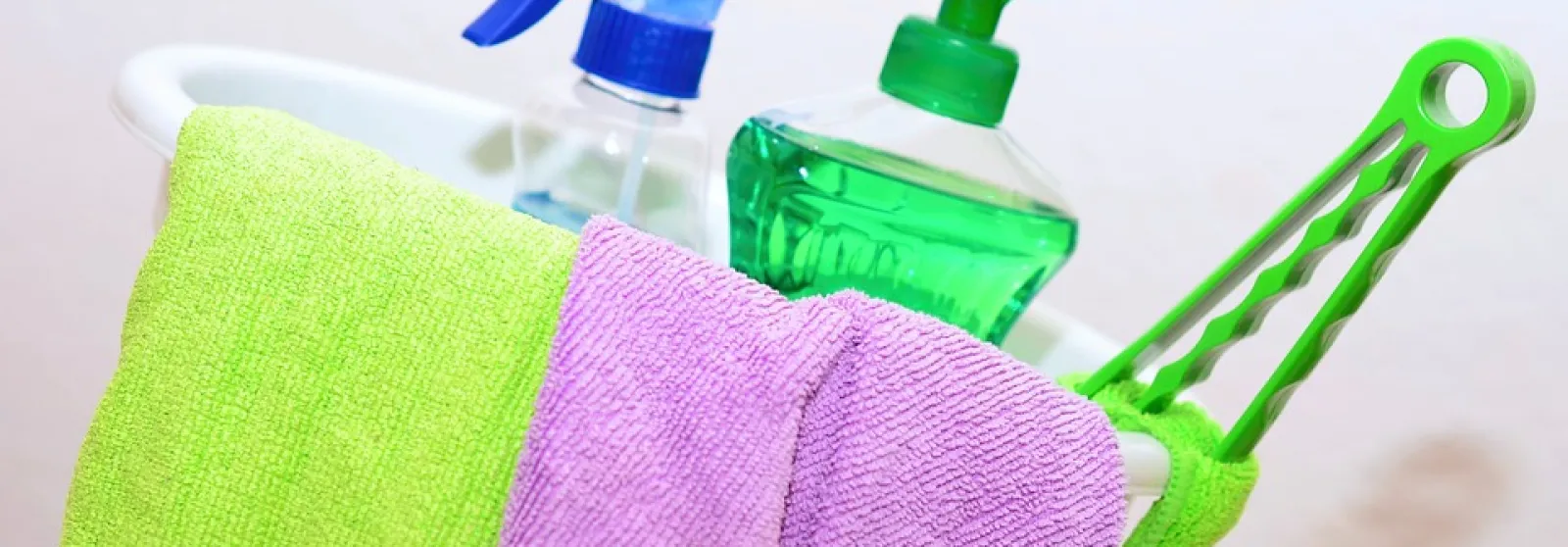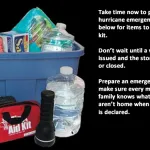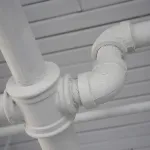 Mold. It’s nasty, unsightly and unhealthy. It can cause severe respiratory problems in people who are sensitive to it. It’s common everywhere in the United States, but especially in the hot, humid climates of the South. One of the most needed disaster repair services in Atlanta, Georgia is fixing the damage caused by storms and flooding, and a big part of that, often weeks or months after the fact, is removing mold and the structural parts of the house that have been contaminated with it.
Mold. It’s nasty, unsightly and unhealthy. It can cause severe respiratory problems in people who are sensitive to it. It’s common everywhere in the United States, but especially in the hot, humid climates of the South. One of the most needed disaster repair services in Atlanta, Georgia is fixing the damage caused by storms and flooding, and a big part of that, often weeks or months after the fact, is removing mold and the structural parts of the house that have been contaminated with it.
Catching Mold Early
Mold should be attacked as soon as you notice it’s sinister presence and before it has had a chance to spread. Most people, when they see a patch of mold in their shower, kitchen or laundry area, simply spray it with some bleach cleaner and think it’s taken care of because it looks like it’s gone. They couldn’t be more wrong.
Bleach Doesn’t Work On Mold
In fact, mold loves bleach. Here’s why. The active ingredient in bleach is called sodium hypochlorite, and it works really well for removing stains and discoloration, like the dark spots created by mold. It kills the mold, but it doesn’t kill the roots, called microflora, so eventually it will begin to grow back.
Water is the other main ingredient of bleach, and mold needs water to thrive. Water causes it to develop and distribute spores, which means by spraying bleach on mold you’re actually empowering it to spread throughout the rest of your house.
A Specific Treatment
Eliminating mold permanently requires a special cleaner, and it usually involves removing the materials that are contaminated with it, like drywall and studs. It takes special equipment and safety gear, and a professional to know how to do the job right. Otherwise it will just keep on growing, affecting your health and looking ugly.
If you’re in need of Atlanta disaster repair services, including mold removal, contact us at 1 (888) 303-9288 for a free assessment and estimate.




